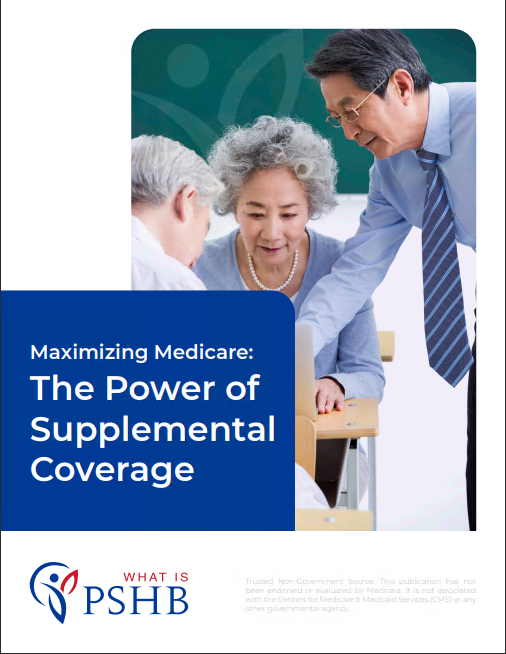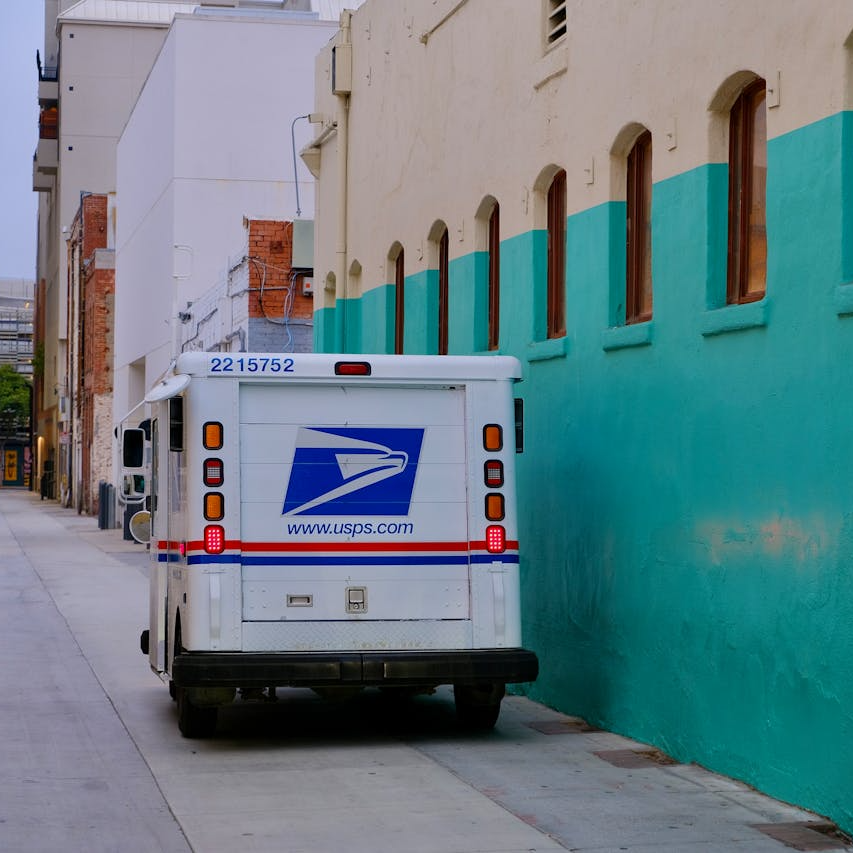Key Takeaways
-
In 2025, USPS employees and retirees no longer receive health insurance through the Federal Employees Health Benefits (FEHB) Program. Instead, they are covered under the new Postal Service Health Benefits (PSHB) Program.
-
If you’re a USPS retiree or employee, it’s critical to understand how this shift affects your coverage, costs, Medicare integration, and ongoing eligibility requirements.
What Changed in 2025?
As of January 1, 2025, the U.S. Postal Service officially transitioned away from the FEHB Program. Health insurance for all eligible USPS employees, retirees, and covered family members is now offered exclusively through the new Postal Service Health Benefits (PSHB) Program. This change is a result of the Postal Service Reform Act of 2022, which mandated the creation of a separate health benefits program specifically for the USPS population.
The shift is not optional. If you’re a USPS employee or retiree and want to maintain your health coverage, you must now be enrolled in a PSHB plan.
Why the Change Happened
The transition was primarily designed to improve the financial health of the Postal Service and align retiree health benefits with Medicare more efficiently. Here’s what drove the change:
-
Rising health costs: USPS faced growing expenses from covering employees and retirees under the broader FEHB system.
-
Separate risk pool: By carving out USPS members into a distinct pool, PSHB is intended to provide better control over premiums and costs.
-
Medicare coordination: Retirees eligible for Medicare are now required (with few exceptions) to enroll in Medicare Part B, helping reduce overall claim costs for PSHB plans.
Who Is Affected by This Change
This change applies to nearly everyone affiliated with the USPS who previously used FEHB:
-
Current USPS employees
-
Postal retirees and their eligible family members
-
Survivor annuitants of postal retirees
If you fall into any of these categories, your health coverage now comes through PSHB. However, there are a few exceptions to note.
Exemptions and Special Cases
Not everyone is required to take action. If you meet any of the following conditions, you’re exempt from the Medicare Part B requirement and may not see immediate major changes:
-
You retired on or before January 1, 2025.
-
You were an active employee aged 64 or older as of January 1, 2025.
-
You live outside the United States.
-
You’re receiving health services through the VA or Indian Health Services.
These individuals can remain in the PSHB program without enrolling in Medicare Part B.
What Happens to FEHB Coverage
Your FEHB plan does not carry over automatically. All USPS retirees and employees were automatically mapped to a PSHB plan in late 2024 unless they chose a different one during Open Season. Here’s how the transition worked:
-
Open Season 2024: Ran from November through December 2024. USPS participants could choose from available PSHB plans.
-
Automatic enrollment: If no action was taken, you were auto-enrolled in a similar PSHB plan to your FEHB one.
-
FEHB ends: Your FEHB coverage ended at midnight on December 31, 2024, unless you were not a USPS enrollee.
Understanding Your New PSHB Plan
The PSHB Program functions similarly to FEHB in structure but has its own set of plans, benefits, and rules. While it still offers a variety of plan types (HMO, PPO, HDHP), there are a few distinct changes:
-
Separate plan options: Not all former FEHB plans are available under PSHB. Make sure to review your current plan’s offerings.
-
Cost-sharing: PSHB plans may have different premiums, deductibles, and coinsurance amounts. These vary by plan.
-
Out-of-pocket caps: PSHB plans have in-network annual out-of-pocket maximums—$7,500 for Self Only and $15,000 for family tiers.
-
Copayments and deductibles: Primary care visits may require $20-$40 copays; specialist visits can range higher. Deductibles vary between $350 and $2,000 depending on the plan type.
What Medicare Means Now
The integration with Medicare is a cornerstone of the PSHB program. Here’s what you should know if you’re retired and eligible for Medicare:
-
Medicare Part B required: For most Medicare-eligible USPS annuitants and their family members, Part B enrollment is now mandatory.
-
Prescription drug coverage: You are automatically enrolled in a Medicare Part D Employer Group Waiver Plan (EGWP) through your PSHB plan.
-
Drug cost protection: Starting in 2025, the annual out-of-pocket maximum for drugs under Part D is $2,000. Insulin copays are capped at $35 per month.
-
Plan integration: Enrolling in both PSHB and Medicare Part B may reduce your cost-sharing, as many plans waive or lower deductibles and copays for Medicare enrollees.
If you do not enroll in Part B when required, your PSHB plan may terminate your drug coverage. Re-enrollment may not be allowed unless you qualify for a special exception.
Enrollment and Access Tools
USPS employees and annuitants use different portals to manage their health benefits:
-
Employees: Use the LiteBlue PostalEASE platform for all PSHB transactions.
-
Annuitants: Use the OPM-approved portal at KeepingPosted.org to manage benefits and make updates.
-
Support line: PSHB Navigator Help Line at 1-833-712-7742 is available for guidance.
It’s important to review your plan annually during Open Season and to keep your contact information current.
What You Should Do Next
If you’re a USPS retiree or employee, here’s how to stay proactive and avoid any disruptions in your healthcare:
-
Verify your PSHB plan: Make sure you’re enrolled in the right plan for your health needs and budget.
-
Enroll in Medicare Part B: If you’re eligible and not exempt, make sure you are enrolled to maintain full PSHB benefits.
-
Monitor plan changes: Each year, plans may adjust premiums, copays, and benefits. Read the annual notice of change carefully.
-
Check dependent eligibility: Ensure all family members listed are still eligible under PSHB rules.
-
Utilize available resources: Contact a licensed agent on this website or the PSHB Navigator for help.
What This Means for Your Long-Term Benefits
The PSHB transition is more than a simple program swap—it has long-term implications for how you receive and manage health care throughout retirement. You’ll want to:
-
Understand how Medicare interacts with your plan.
-
Evaluate if the cost savings from Medicare enrollment offset your Part B premium.
-
Review your prescription needs and how they’re covered under the new EGWP structure.
-
Keep track of deadlines and required documents for any appeals or changes.
Staying informed and actively managing your benefits is more important than ever.
Prepare Yourself for the Future of USPS Health Benefits
The end of FEHB for USPS is a defining moment in federal benefits history. While the PSHB program is designed to support long-term sustainability and coordination with Medicare, it does require you to take a more hands-on approach.
Be sure to explore your plan options, understand how Medicare works with PSHB, and speak with a licensed agent listed on this website to receive guidance tailored to your situation.











